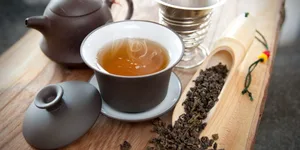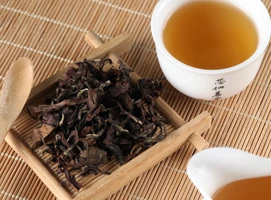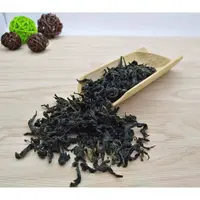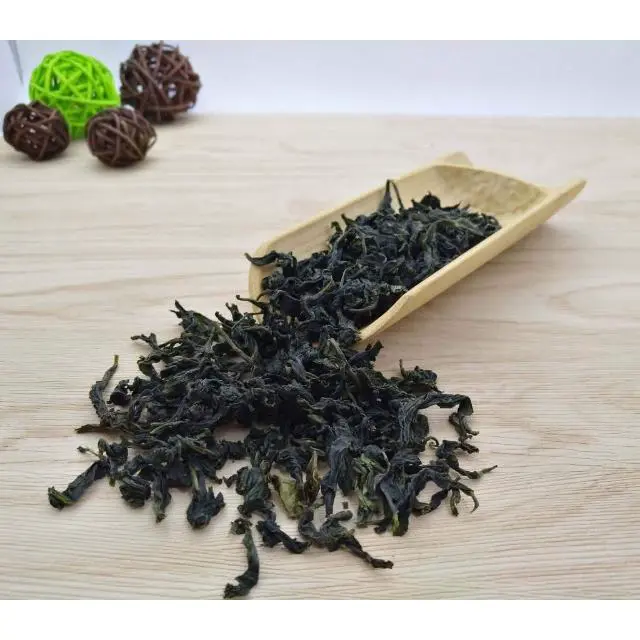

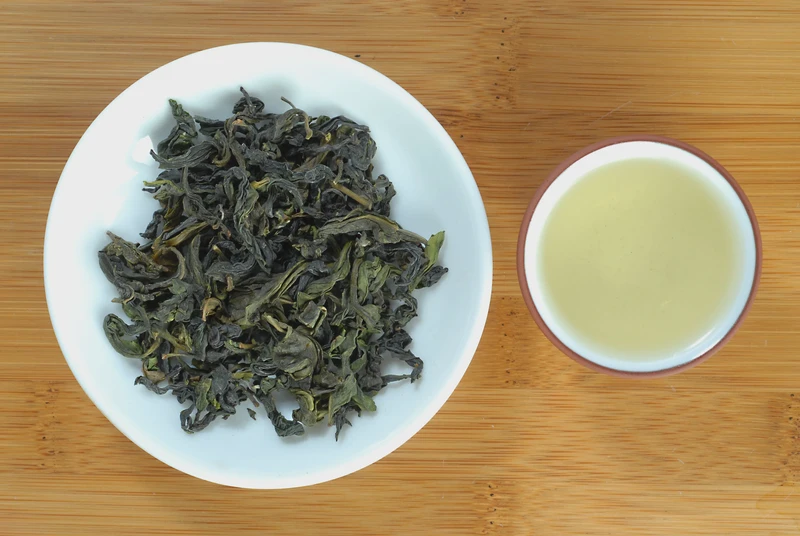
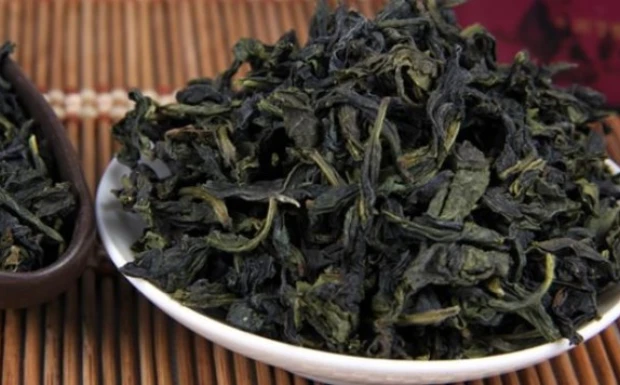
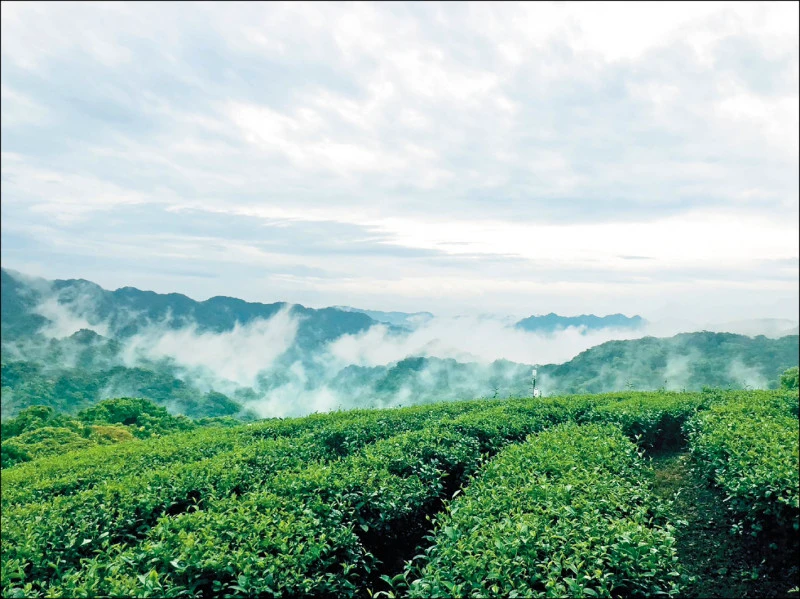
Wenshan Baozhong (Pouchong)
Origin
Taiwan
Category
Oolong Tea
Harvest Time
Spring & Winter
Processing
Light Fermentation & Minimal Roasting
Description
Wenshan Baozhong, a light oolong tea from the Wenshan region in Taiwan, is known for its floral, delicate aroma, light body, and a clean, refreshing finish.
